How Wentworth, St George's Hill and London's other great private estates have stayed on top for a century
Surrey’s private estates are now more than 100 years old, but are still as popular as ever with UK and international buyers. James Fisher takes a look.
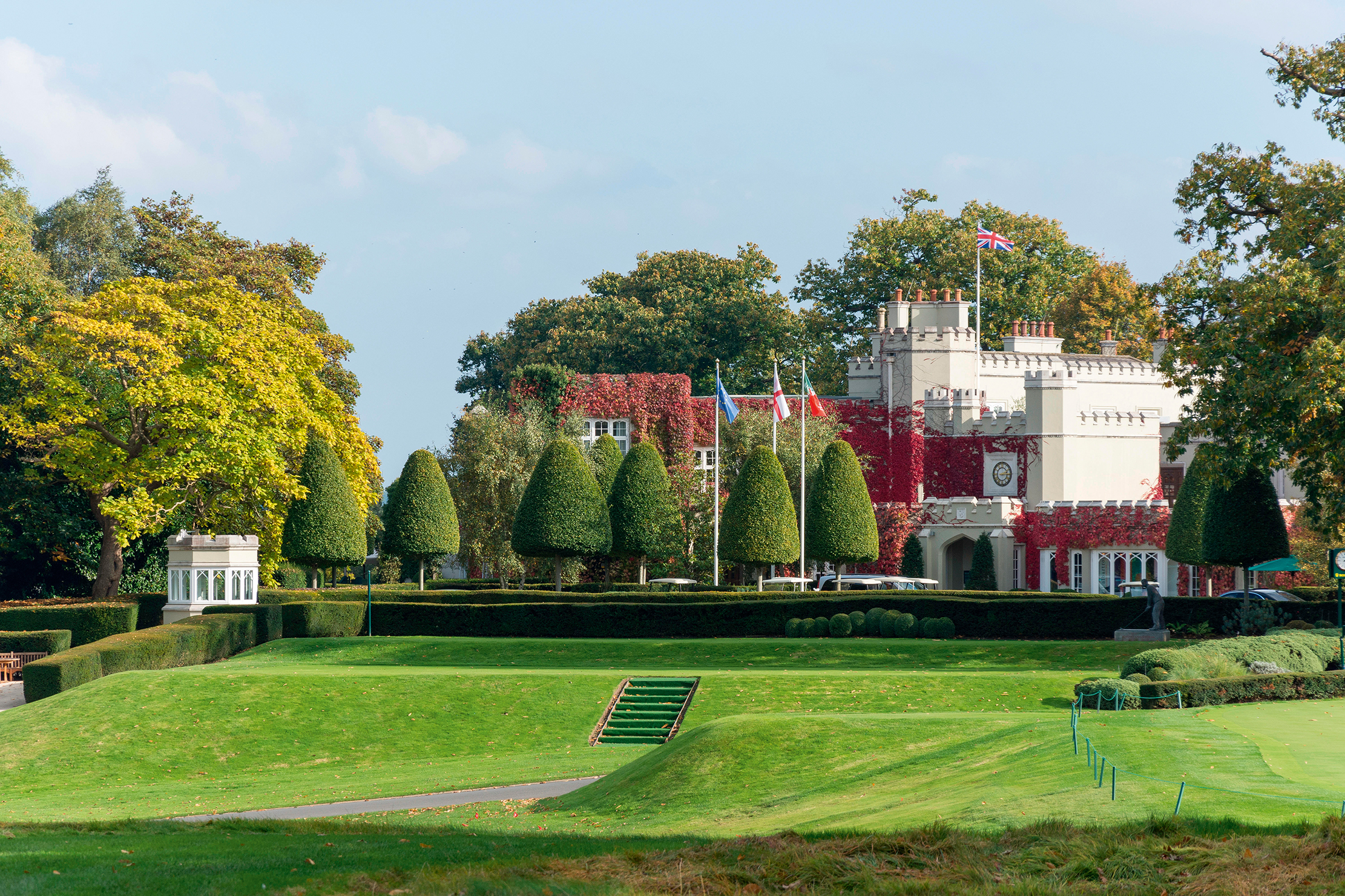

There is a certain irony about St George’s Hill, that 964-acre swathe of land in Weybridge, north Surrey. Some 100 years after it was transformed into one of the country’s first private estates by Walter George Tarrant in 1911, it is arguably one of the most exclusive addresses in the nation. One wonders if Tarrant knew that, back in April 1649, it was the site of a ‘Digger’ colony, now recognised as one of the first small-scale experiments of socialism in the world.
What Tarrant certainly did know was that the burgeoning middle classes of Edwardian England would soon be drawn to this picturesque part of the Home Counties, take advantage of its beauty and utilise the technological advances of transportation to become some of the first suburbanites to enjoy the pleasures of rural living with the ease of access to central London.
It’s a rich tradition that continues to this day, as Stuart Cole, a partner in Knight Frank’s country department, points out. ‘The area is great,’ he says. ‘You’re close to the airports, you’re close to an amazing array of private schools and London is just up the road — on the right day, it’s 45 minutes to drive to Harrods.’ These private estates, to which you can add Wentworth, Burwood Park and Ashley Park, among others, were created for the ‘upper-middle classes, that needed to work every day and get into London, but still wanted a big country house,’ adds Simon Ashwell, Savills’s regional director for Surrey and east Berkshire.
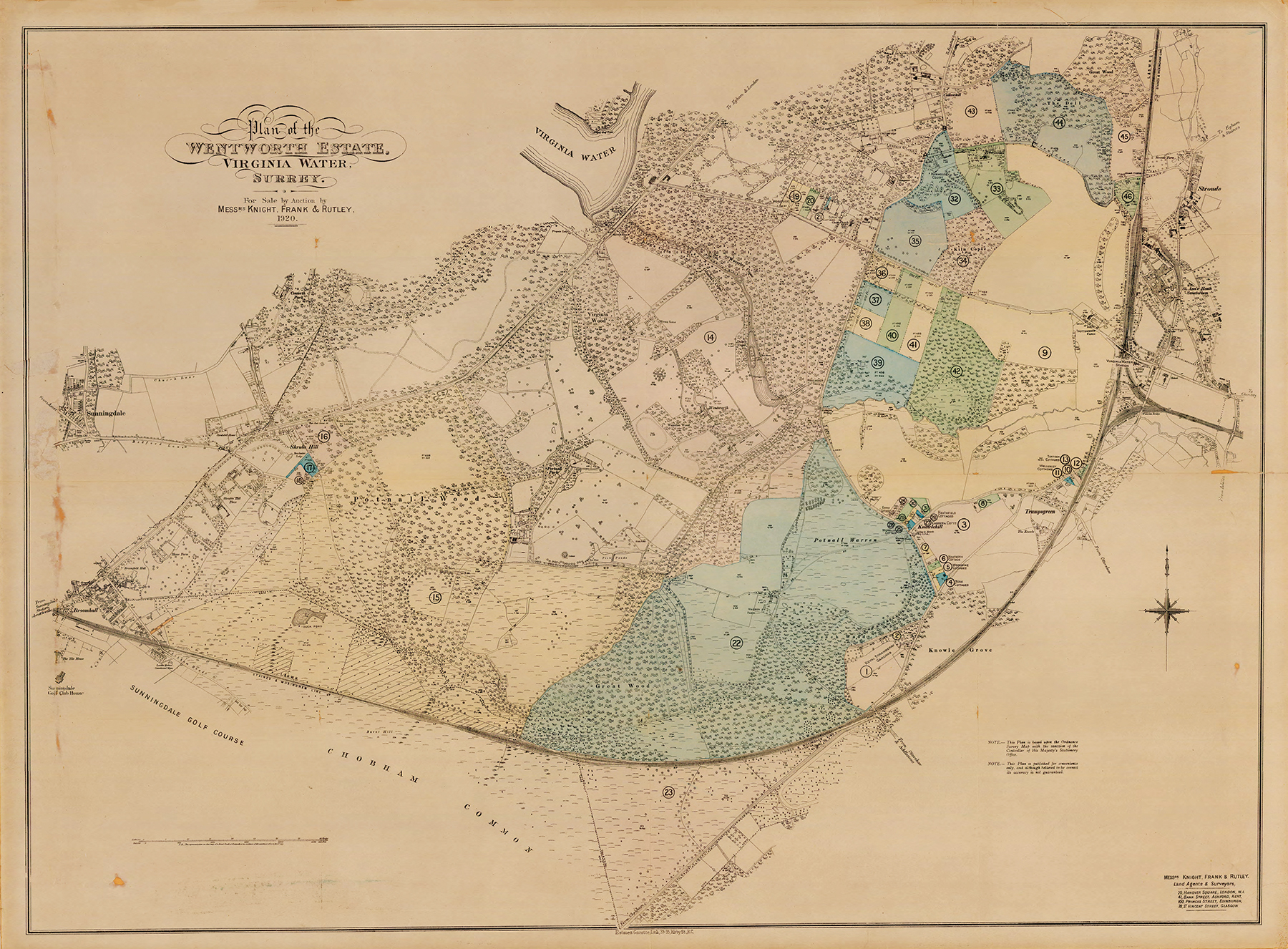
After buying and building St George’s Hill, Tarrant wasn’t finished, acquiring the development rights to Wentworth in 1922. Much like St George’s Hill, Wentworth, in Virginia Water, was to be private and centred around a golf course designed and built by Harry Colt. As much as he was an entrepreneur catering to the nation’s new elites, so, too, was Tarrant a builder and many of the Arts-and-Crafts homes he built across both estates are still standing (and, indeed, very desirable) to this day.
That being said, the key to Surrey’s estates was, and still is, the land. ‘On both estates, the land holds more value than the bricks and mortar themselves,’ says Tom Shuttleworth, senior associate director at Strutt & Parker’s national country-house department. ‘Buyers typically prioritise modern design and technology, so it’s not unusual to see a house that was built 10 years ago be knocked down and rebuilt.
'The original houses that remain are highly sought after. They typically sit on larger plots of 10 acres or so — compared with newer houses that often have an acre or two — and they therefore offer a lot of potential to a buyer.’
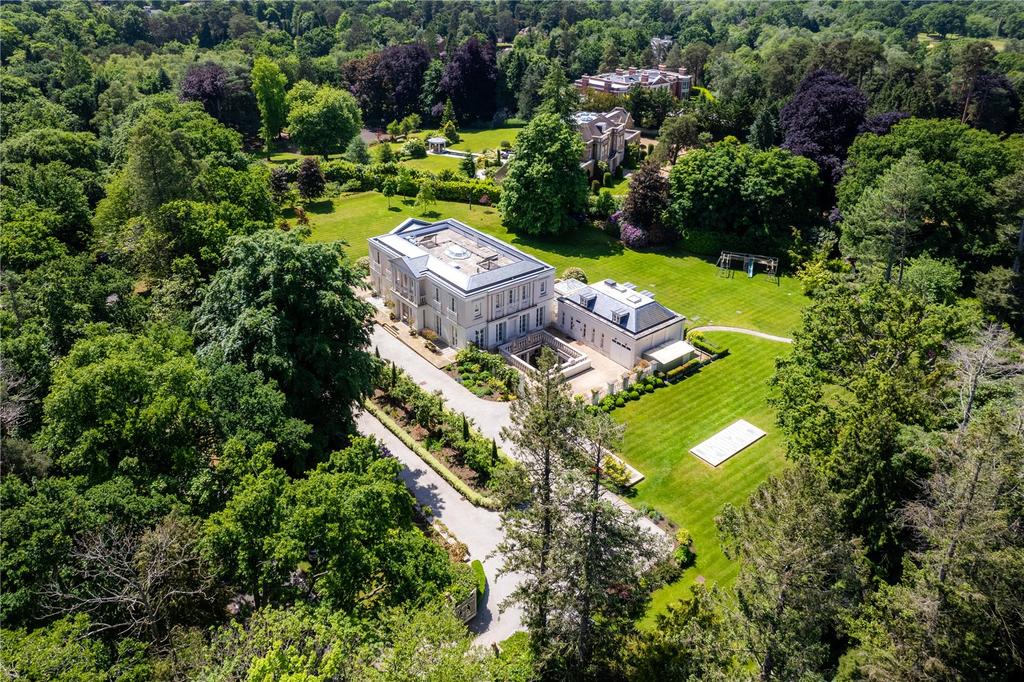
Mr Shuttleworth’s comments are echoed by Mr Cole, who says that ‘there is currently a big run of people who haven’t found exactly what home they want, so they buy plots and build what they want’. Although building the ‘dream home’ is a lure for potential buyers, any development must be carried out sensitively, with many estates having strict covenants on plot sizes and home sizes. St George’s Hill is a prime example.
Sign up for the Country Life Newsletter
Exquisite houses, the beauty of Nature, and how to get the most from your life, straight to your inbox.
‘It is the only private estate in the UK where a Government white paper has been passed on the terms of planning, meaning that any prospective buyer knows exactly what they can and cannot build on the land,’ comments Tim Firth, director of Jackson-Stops Weybridge. ‘As part of this covenant, the minimum land able to be purchased is one acre; however, purchasers can only build on 20% of the landholding, in order to preserve the estate’s spacious and serene feel.’
‘Really, it’s about protecting the environment,’ adds Mr Ashwell. ‘The covenant means you can’t put up a block of flats, so the environment is maintained and your plot is protected.’
These estates are ‘private’, so, of course, privacy is also a big draw for potential residents — the list of celebrities who own or owned properties on these estates is far too long to list here. But it would be wrong to not at least mention a few names of current and former residents, not least for the fun of writing a sentence which includes Ringo Starr, the Sultan of Brunei, Bruce Forsyth and Augusto Pinochet.
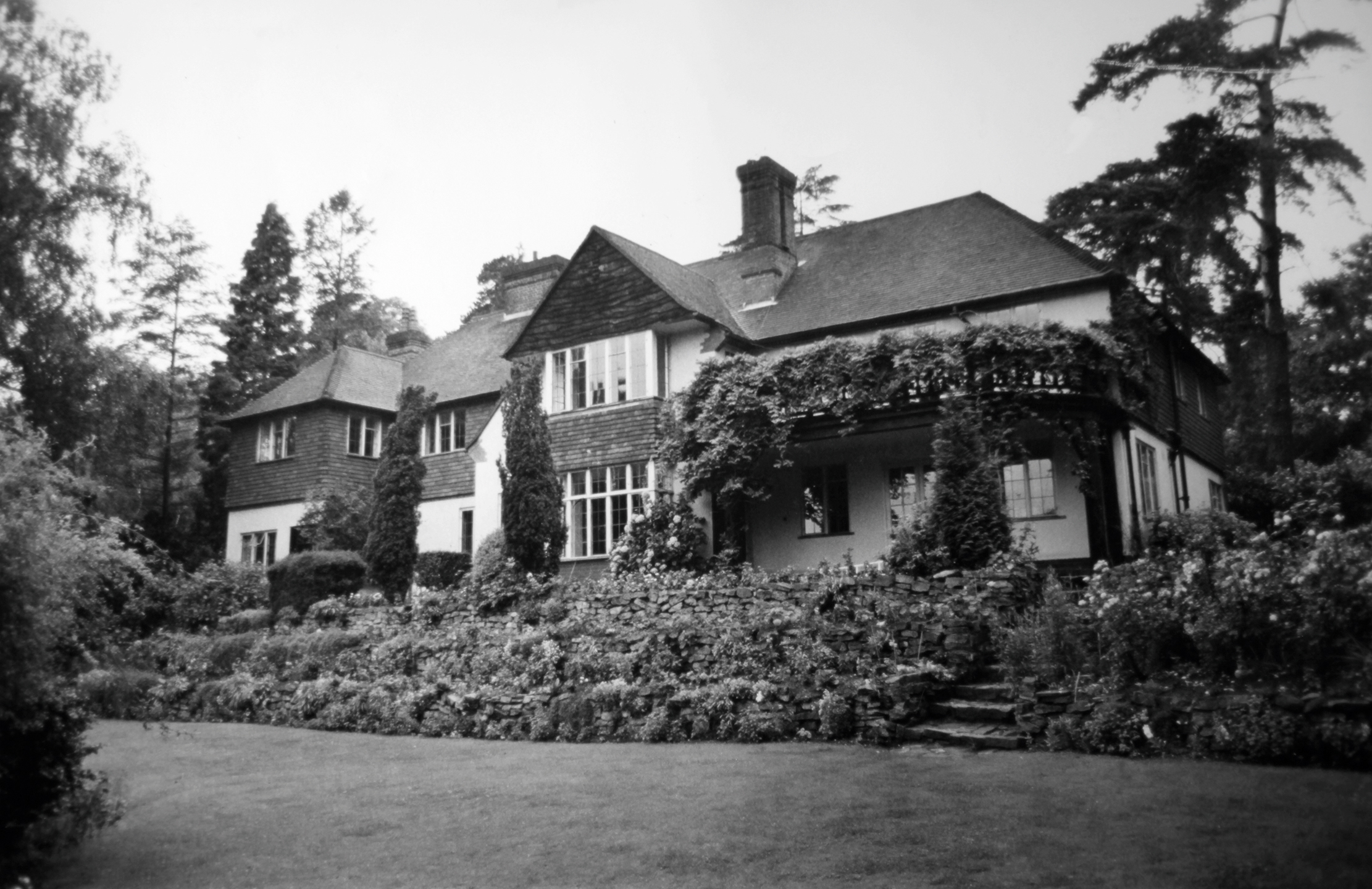
Modern buyers no longer include the middle classes: this is now the domain of high-net-worth individuals from both the UK and around the world, and privacy is more important than ever.
‘It’s a place where they can safely have their family and children, it’s secure, there are facilities and when you are travelling you don’t have to worry about your family,’ says Mr Cole. ‘It’s a global thing — you get different nationalities at different times, but now it’s the Chinese, people from the Middle East, Brits and Americans. It’s a really good blend.’
Mr Shuttleworth points out that ‘unless you have your own private security, you’re unlikely to find a “safer” place to buy a home’. The UK’s exceptional private schools are also a driver for international buyers — ‘more recently, there has been an increase in demand from Chinese buyers who want to educate their children in England and we have an extensive choice of the best private school options nearby, as well as several international schools,’ says Martin Burrow, associate director for prime country sales at Hamptons.
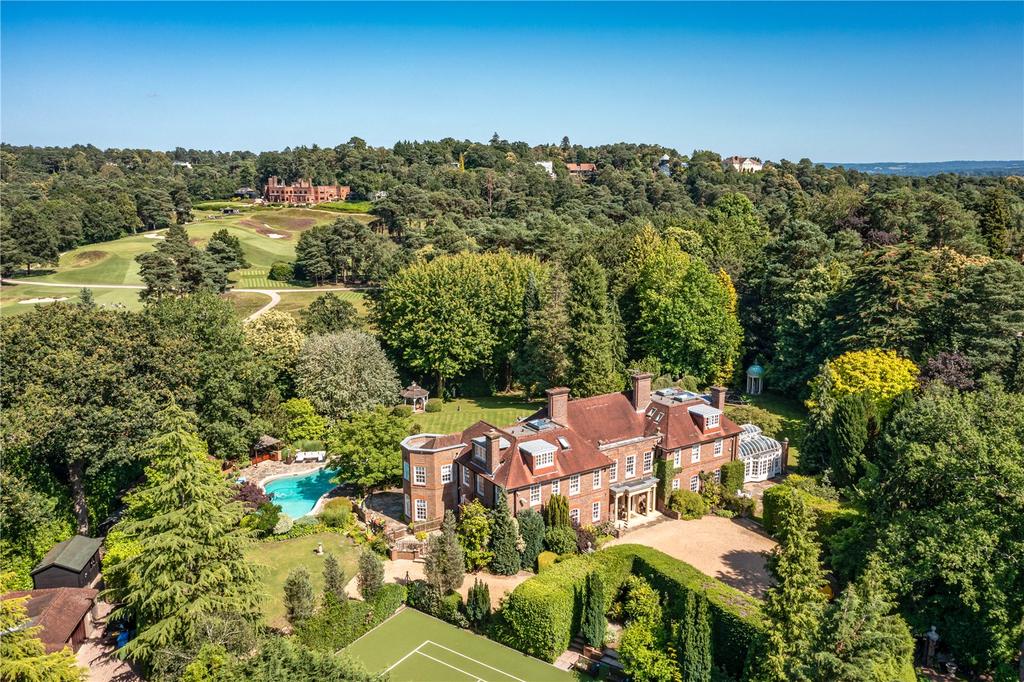
As much as security is an attraction, so, too, is the lifestyle on offer at Surrey’s estates. Golf is extremely popular and, at St George’s Hill and Wentworth, you will find two of the finest courses in the country.
‘In Wentworth, if you live on the main island, you can step out of the house with your golf clubs and be on the course in seconds,’ says Mr Shuttleworth.
‘The clubhouse is the heart of the estate and, as a resident, you’re likely to spend a lot of time there — dining and drinking, socialising, exercising or in the spa. The estates are notably incredibly quiet, which is increasingly rare — no road traffic or train noise and no school noise when they finish for the day.’
As Mr Shuttleworth suggests, life on these estates is as much about the company you keep as the home you live in. And Mr Cole adds that ‘it’s a community of people who are used to mixing internationally’.
‘Private estates aren’t anything out of the ordinary, they are simply a slightly more controlled style of housing,’ concludes Mr Ashwell. ‘They are quiet, you can control what you can and can’t build and they are greener.’
Are there any downsides to private-estate living? ‘There used to be more empty houses, as people would buy and then not occupy,’ says Mr Cole. ‘There was anxiety around whether they would become ghost towns, but it doesn’t happen much any more, as covid has made more people realise that they enjoy spending time at these estates.’
With privacy, security, Nature and everything else, it’s not surprising to discover that there is a premium on estate living (‘about 40%–50% compared with the local area,’ according to Mr Shuttleworth). But, as Mr Firth says, ‘living here is the pinnacle of prime country real estate and the true scarcity of when a property does come up for sale means it will always find a buyer fast’.
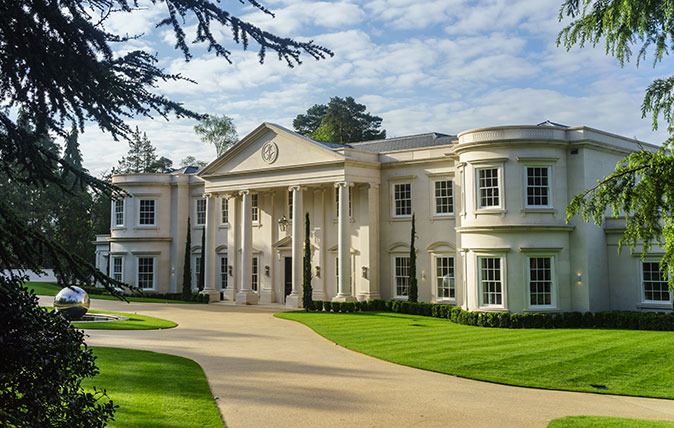
The spectacular new houses at Wentworth that have entranced the world's super-rich
The world's super-rich are shrugging off the uncertainty that permeates the world and heading to the Wentworth Estate. Penny Churchill

Credit: Strutt and Parker
Best country houses for sale this week
An irresistible West Country cottage and a magnificent Cumbrian country house make our pick of the finest country houses for

James Fisher is the Deputy Digital Editor of Country Life. He writes about property, travel, motoring and things that upset him. He lives in London.
-
 Jungle temples, pet snakes and the most expensive car in the world: Country Life Quiz of the Day, April 14, 2025
Jungle temples, pet snakes and the most expensive car in the world: Country Life Quiz of the Day, April 14, 2025Mondays's quiz tests your knowledge on English kings, astronomy and fashion.
By James Fisher Published
-
 Welcome to the modern party barn, where disco balls are 'non-negotiable'
Welcome to the modern party barn, where disco balls are 'non-negotiable'A party barn is the ultimate good-time utopia, devoid of the toil of a home gym or the practicalities of a home office. Modern efforts are a world away from the draughty, hay-bales-and-a-hi-fi set-up of yesteryear.
By Annabel Dixon Published
-
 Welcome to the modern party barn, where disco balls are 'non-negotiable'
Welcome to the modern party barn, where disco balls are 'non-negotiable'A party barn is the ultimate good-time utopia, devoid of the toil of a home gym or the practicalities of a home office. Modern efforts are a world away from the draughty, hay-bales-and-a-hi-fi set-up of yesteryear.
By Annabel Dixon Published
-
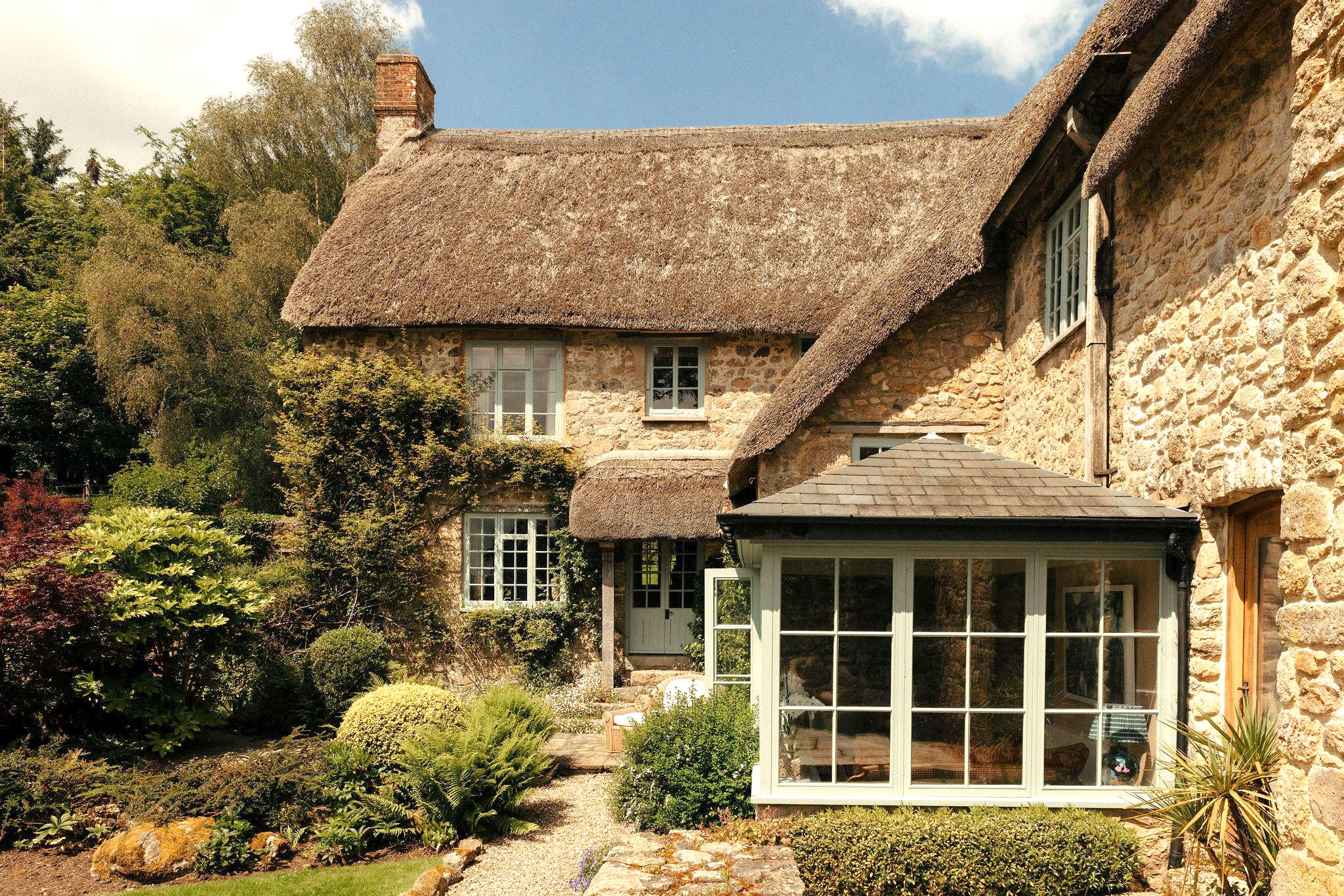 Five beautiful homes, from a barn conversion to an island treasure, as seen in Country Life
Five beautiful homes, from a barn conversion to an island treasure, as seen in Country LifeOur pick of the best homes to come to the market via Country Life in recent days include a wonderful thatched home in Devon and a charming red-brick house with gardens that run down to the water's edge.
By Toby Keel Published
-
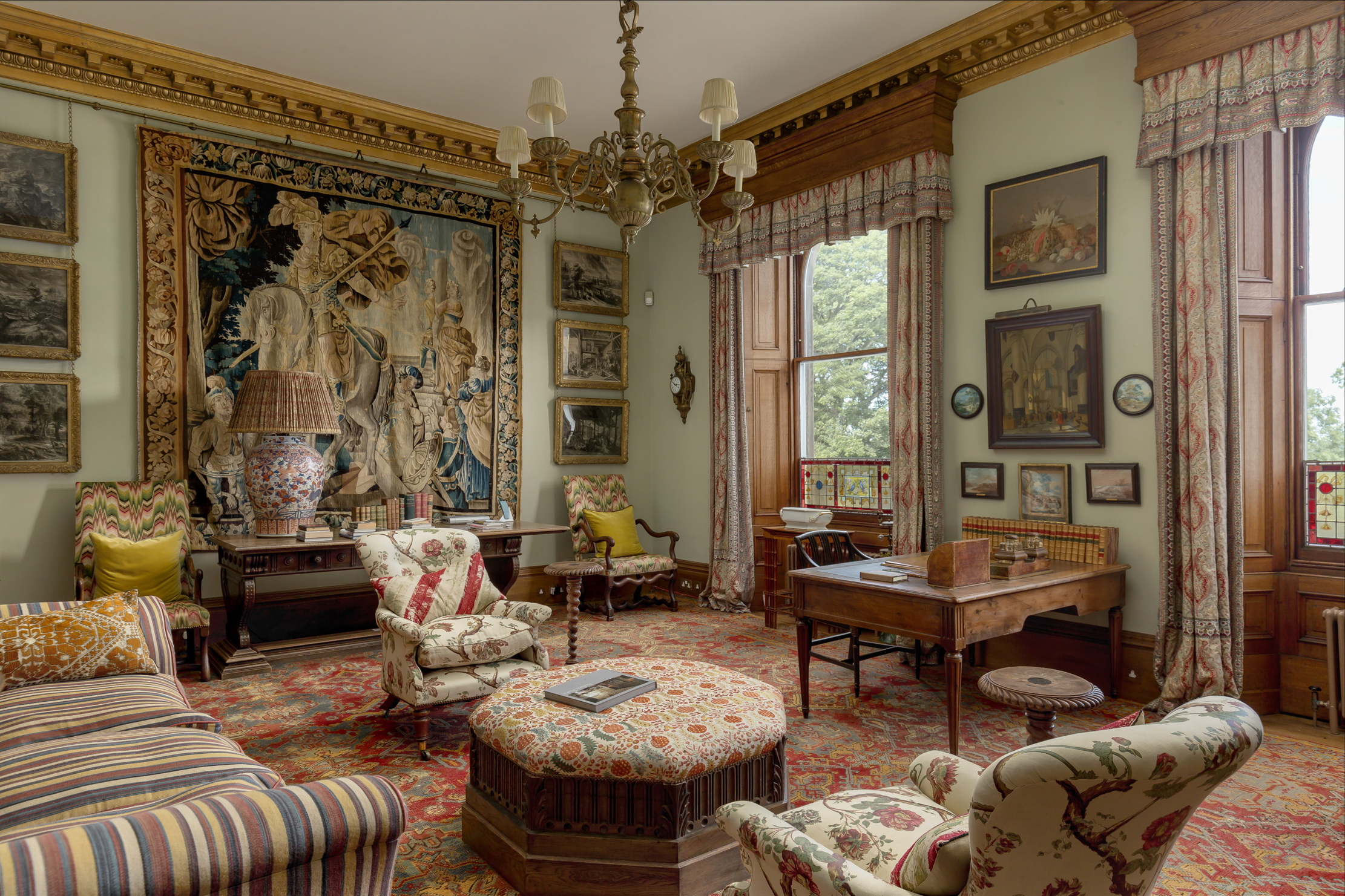 The finest interiors in Edinburgh? A seven-bedroom townhouse furnished by Robert Kime comes to market
The finest interiors in Edinburgh? A seven-bedroom townhouse furnished by Robert Kime comes to marketSituated on one of the New Town's grandest terraces, this four-storey property is a collector's dream.
By James Fisher Published
-
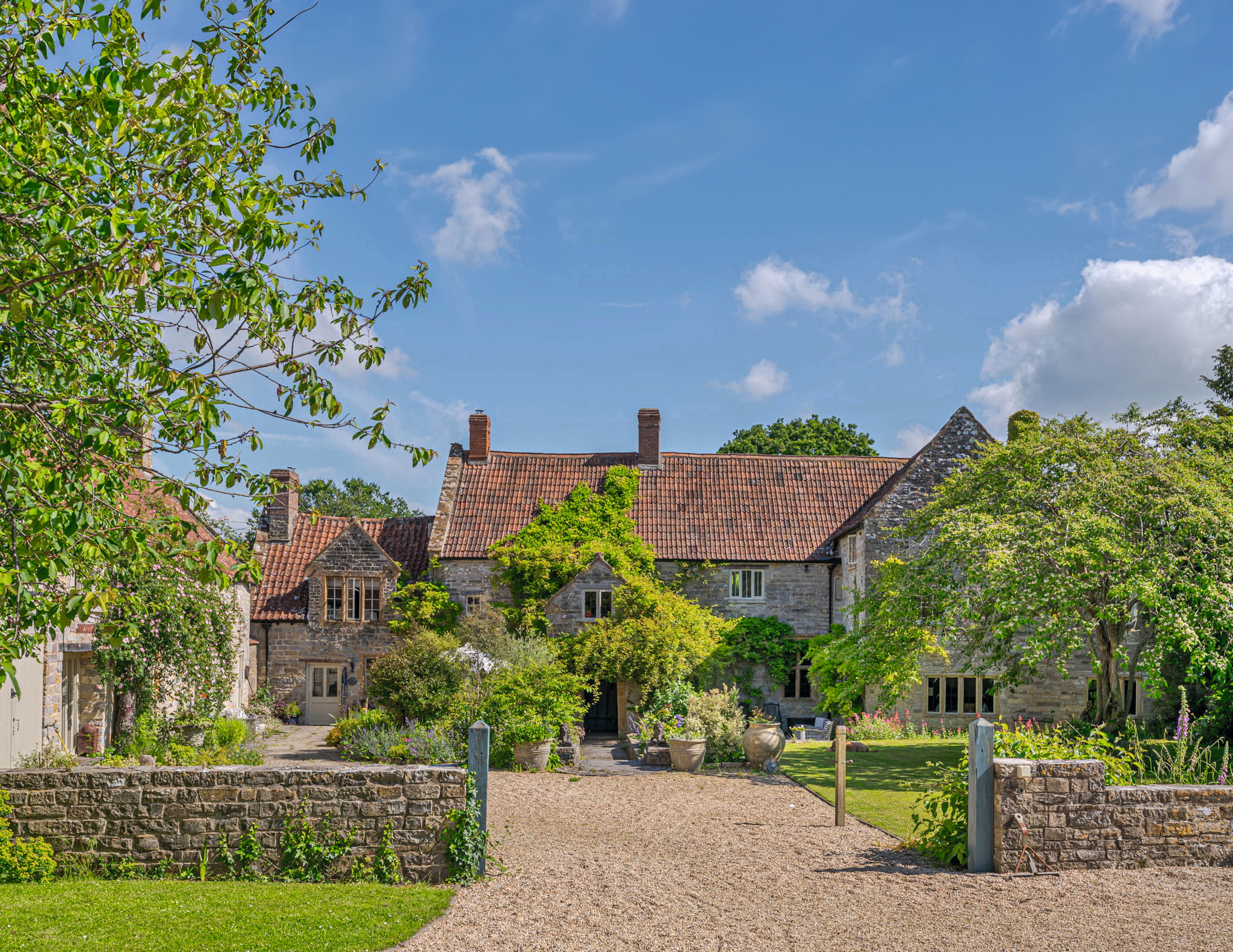 A Grade II*-listed country manor with one of the most beautiful drawing rooms in England
A Grade II*-listed country manor with one of the most beautiful drawing rooms in EnglandIf Old Manor Farm in Somerset is good enough for Pevsner, it's good enough for you.
By Penny Churchill Published
-
 An eight-bedroom home in Surrey where an army of robots will look after your lawns
An eight-bedroom home in Surrey where an army of robots will look after your lawnsDo not fear the bladed guardians of Monksfield House. They are here to help.
By James Fisher Published
-
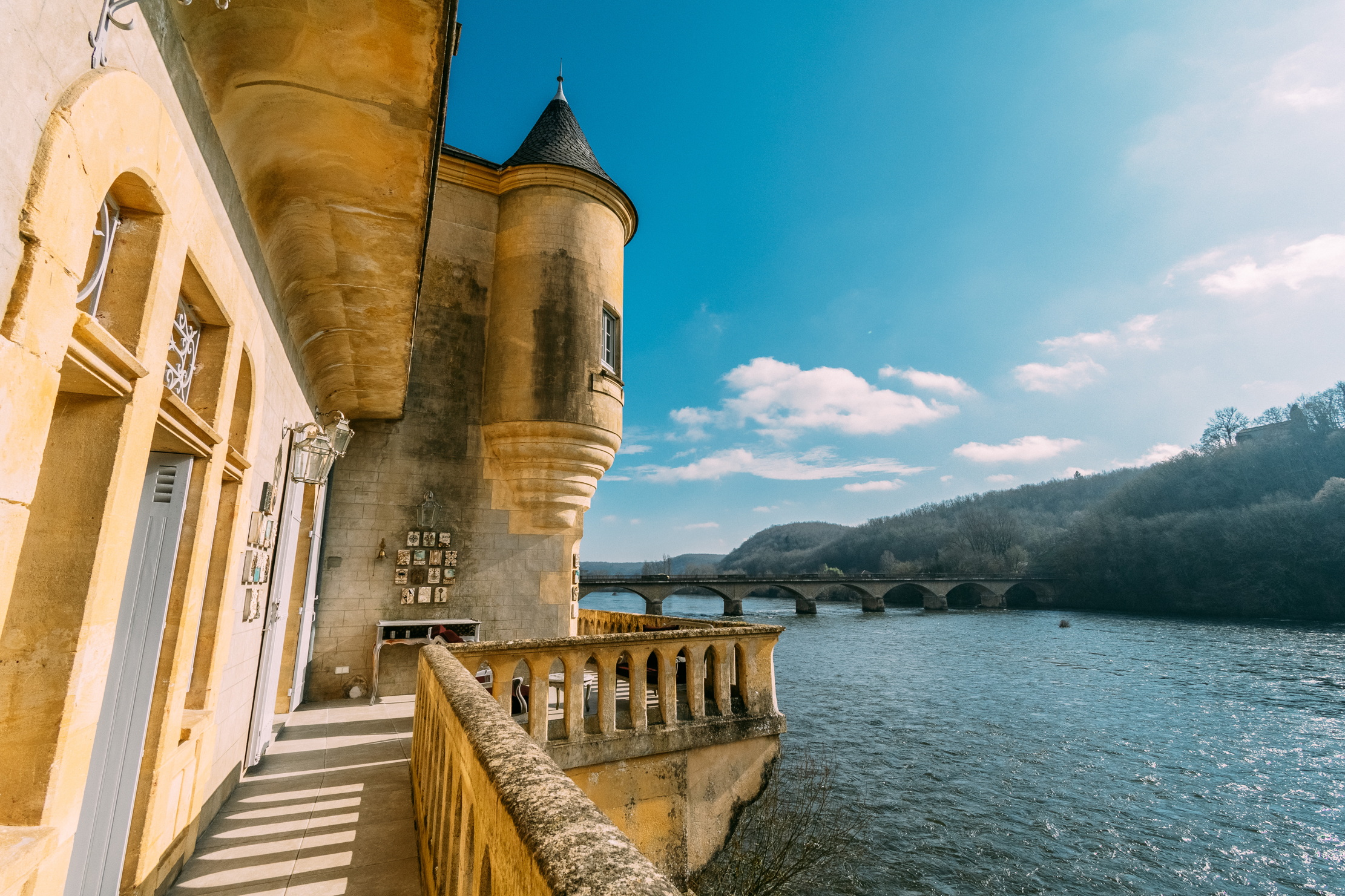 A French castle for sale on the banks of the Dordogne? With a swimming pool? Where do we sign?
A French castle for sale on the banks of the Dordogne? With a swimming pool? Where do we sign?This chateau in Lalinde is nothing short of a historical delight in the south of France. And it comes fully furnished.
By James Fisher Last updated
-
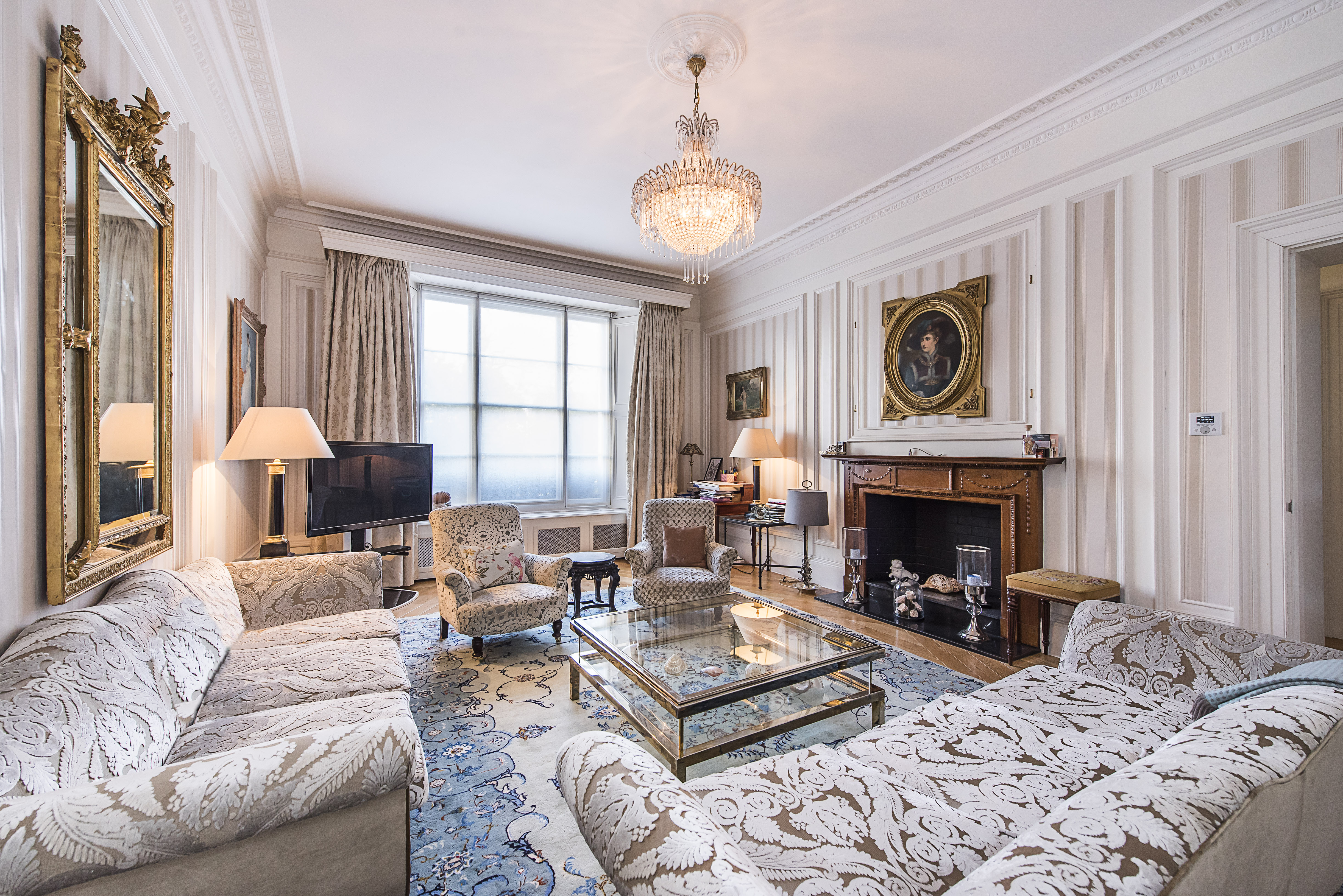 Sip your morning tea where Churchill once paced, as his former Pimlico home comes up for sale
Sip your morning tea where Churchill once paced, as his former Pimlico home comes up for saleThe five-bedroom flat in Eccleston Square offers ‘historical gravitas and modern comfort’ in a leafy pocket of London.
By Annabel Dixon Published
-
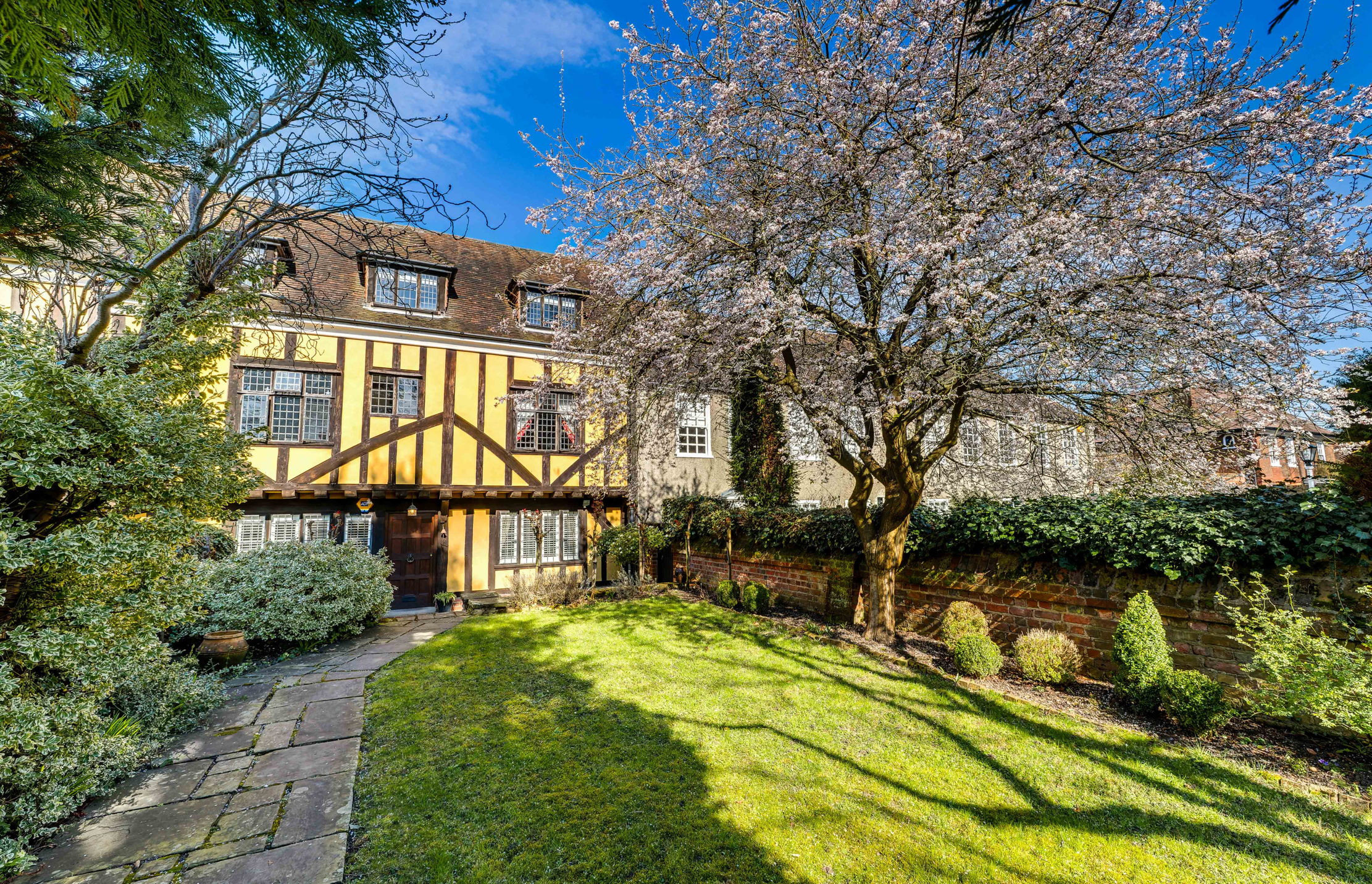 Live a life of Tudor fancy in this five-bedroom London home with links to Cardinal Wolsey and Henry VIII
Live a life of Tudor fancy in this five-bedroom London home with links to Cardinal Wolsey and Henry VIIIFans of Wolf Hall rejoice, as a rare chance to own a Tudor home inside the M25 comes to market.
By James Fisher Published
